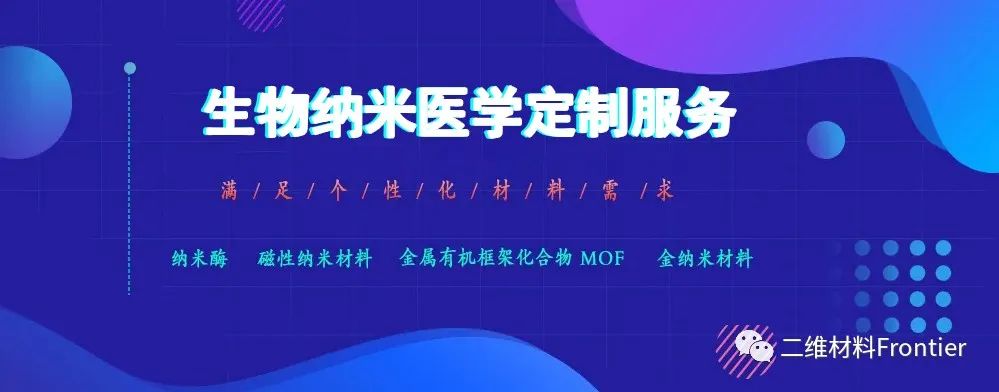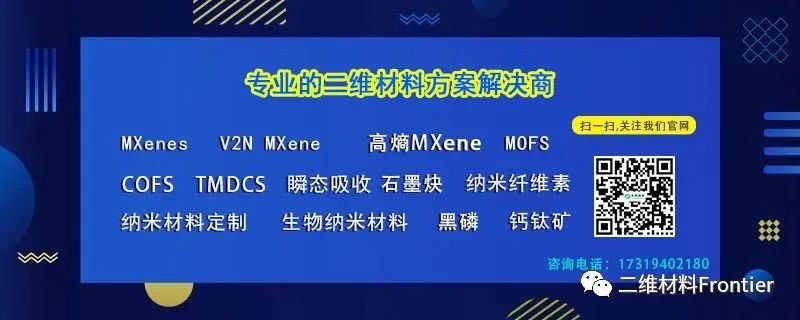已传文件:photo/1631586161.png
North Konami can provide MXene (can be customized)
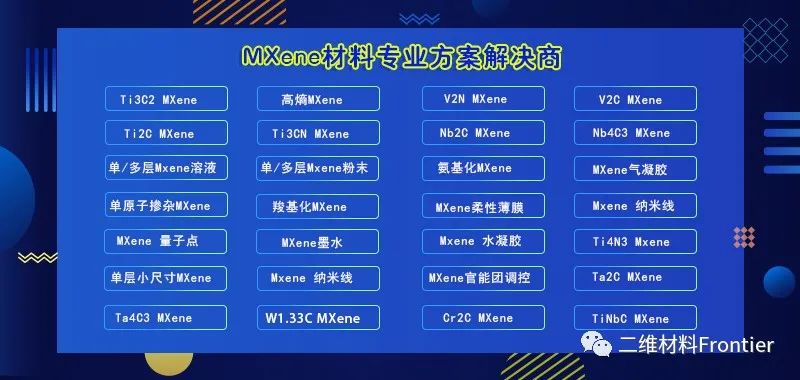
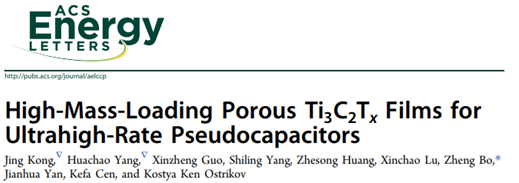

Mass production of ordered and porous three-dimensional (3D) electrodes is an important prerequisite for the realization of practical energy storage devices. MXenes have attracted extensive attention due to their excellent electrical conductivity and surface redox reactions; however, MXenes face challenges in realizing three-dimensional porous structures, especially under conditions of large mass loading.

Recently, Professor Bo Zheng of Zhejiang University published a research paper titled: High-Mass-Loading Porous Ti3C2Tx Films for Ultrahigh-Rate Pseudocapacitors in the well-known academic journal ACS Energy Letters. In this paper, a three-dimensional high-rate capacitive electrode with high application value is designed and synthesized.

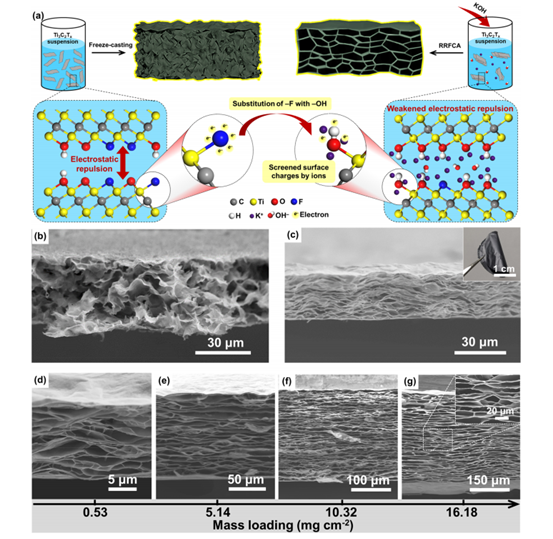
Figure 1. Principles of SEM and RRFCA.
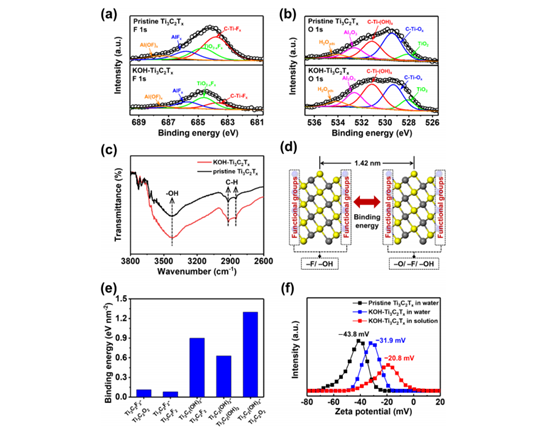
Figure 2. XPS FTIR and surface zeta potential characterization.
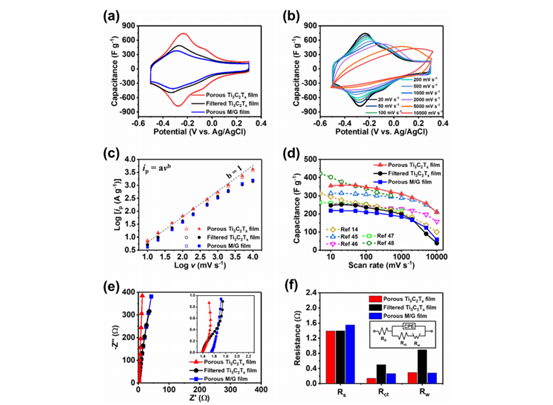
Figure 3. Comparative test of electrochemical performance.
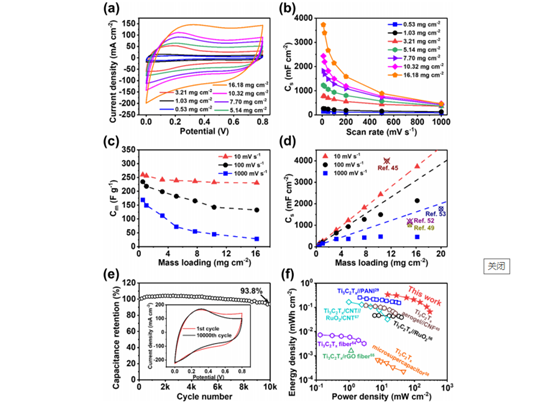
Figure 4. Electrochemical performance test of porous MXene membrane.

This paper describes the use of a facile RRFCA (reduced-repulsion freeze-casting assembly) method for MXenes to fabricate 3D porous pseudocapacitor electrodes. By adding KOH solution to the MXene suspension, the problem of difficult lyophilization assembly caused by electrostatic repulsion between sheets is solved. The surface of Ti3C2Tx was modified with less electronegative hydroxyl groups, which enhanced the interlayer bonding.
Literature link:
https://doi.org/10.1021/acsenergylett.0c00704

